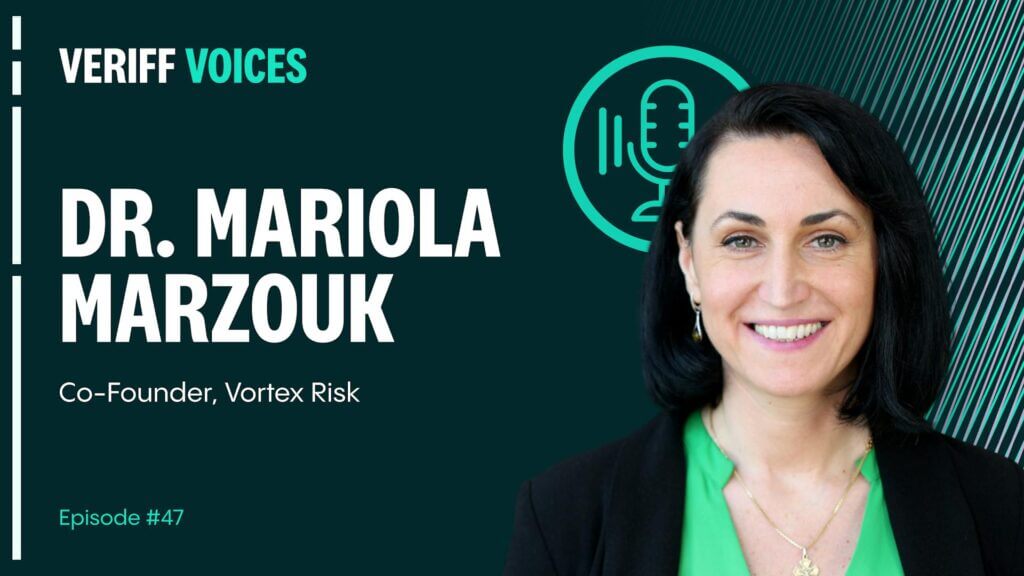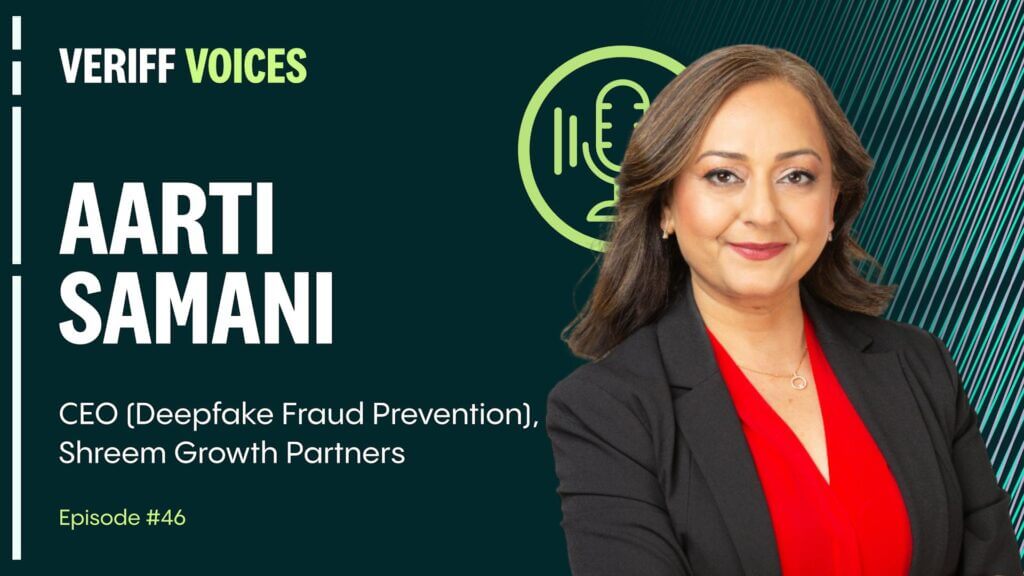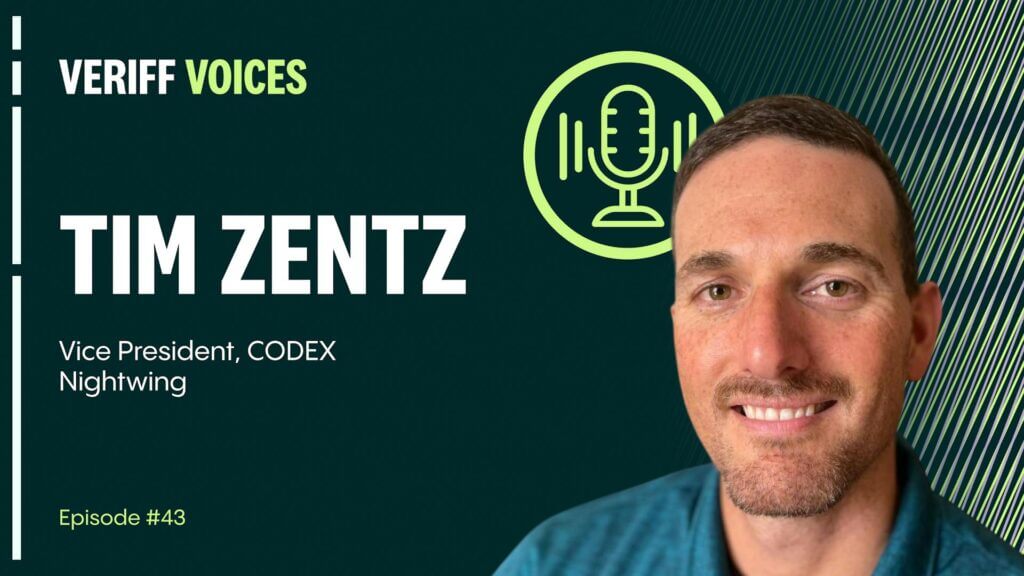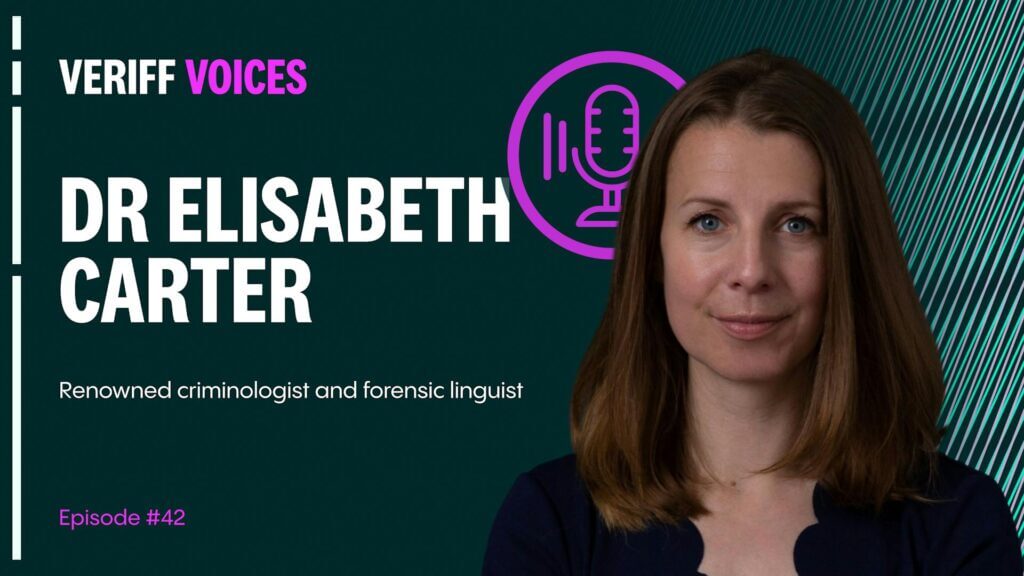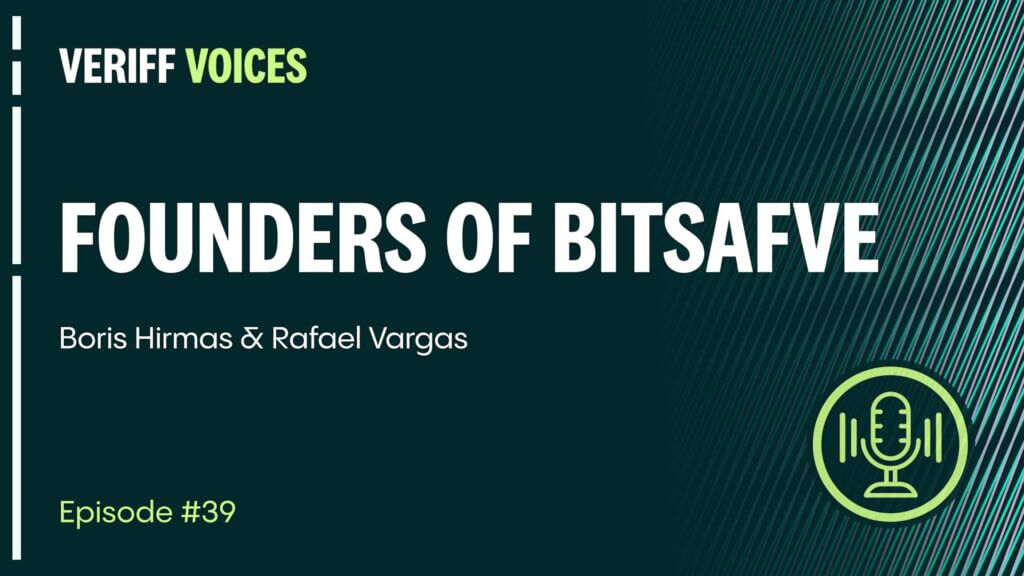Podcast
Online safety has no borders: age verification around the world
Dmytro Sashchuk, Associate Legal Researcher and Analyst at Veriff, joins us to discuss age verification laws and their impact on businesses.

Listen to full conversation with Dmytro now!
In today’s digital age, ensuring online safety, particularly for vulnerable groups like minors, has become paramount. Age verification laws serve a critical role in this, shielding children from accessing harmful content while navigating the complexities of data protection and privacy concerns. However, the landscape of age verification laws varies significantly across different regions, with the US and Europe representing two distinct approaches.
Common motives, different strategies
At the core of age verification regulations lies a shared objective: protecting minors from online harm. Both the US and Europe have witnessed a surge in legislative initiatives addressing this issue, reflecting a growing need for enhanced safeguarding. While the underlying motives are consistent, the execution and scope of regulations diverge between the two regions.
For example, in the US, the age verification system is multifaceted, with federal laws like COPPA complemented by a patchwork of state-level statutes. In contrast, Europe operates under a more centralized framework, with directives like the Digital Services Act (DSA) setting standards across member states. Despite these differences, the overarching goal remains consistent.

Age verification laws and regulations
Talk to one of Veriff’s fraud experts to see how IDV can help you stay compliant.
Contrasting approaches and cultural nuances
While the US and Europe share common objectives, their approaches to age verification online exhibit notable distinctions. In the US, legislation often leaves room for interpretation, allowing businesses flexibility in implementing suitable verification methods. However, European regulations tend to be more prescriptive, outlining specific tools and protocols for age assurance.
What’s more, cultural factors influence the perception and implementation of online age verification measures. In the US, debates surrounding legislation like the Kids Online Safety Act (KOSA) highlight tensions between free speech rights and child protection. In contrast, European initiatives prioritize stakeholder consultation, fostering consensus-driven approaches that balance competing interests more effectively.
The significance of the Online Safety Act (OSA)
The Online Safety Act (OSA) represents a milestone in the UK’s efforts to enhance online safety, particularly for children. Targeting a wide array of digital platforms, OSA imposes duties related to illegal content moderation, child protection, and transparency. Key provisions, such as age-appropriate design codes and verify age online requirements, underscore OSA’s comprehensive approach to online safety.
From a legal standpoint, OSA’s significance lies in its applicability criteria, which trigger regulatory obligations based on a service provider’s characteristics. By adopting a risk-based approach, OSA ensures proportional regulation while empowering businesses to tailor compliance measures to their specific contexts.
Age Verification solutions and market trends
As age verification regulations evolve, businesses face a myriad of challenges in ensuring compliance. Legacy verification methods like self-declaration are increasingly deemed inadequate, prompting a shift towards more robust solutions. Emerging trends indicate a growing reliance on technology-driven verification methods, alongside regulatory scrutiny of data privacy and protection practices.
Veriff, a global leader in age verification solutions, offers a range of tools to help businesses navigate regulatory requirements effectively. From document-based verification to facial biometric analysis, Veriff’s solutions prioritize user privacy and compliance while mitigating operational risks.
Predictions and global Implications
Looking ahead, the regulatory landscape is poised to undergo further transformations, with more countries embracing dedicated age verification frameworks. Greater legal certainty, enhanced technological capabilities, and a focus on stakeholder collaboration are expected to shape future regulatory developments.

Veriff Voices
Listen to the full conversation with Dmytro and explore more Veriff Voices podcast episodes.




